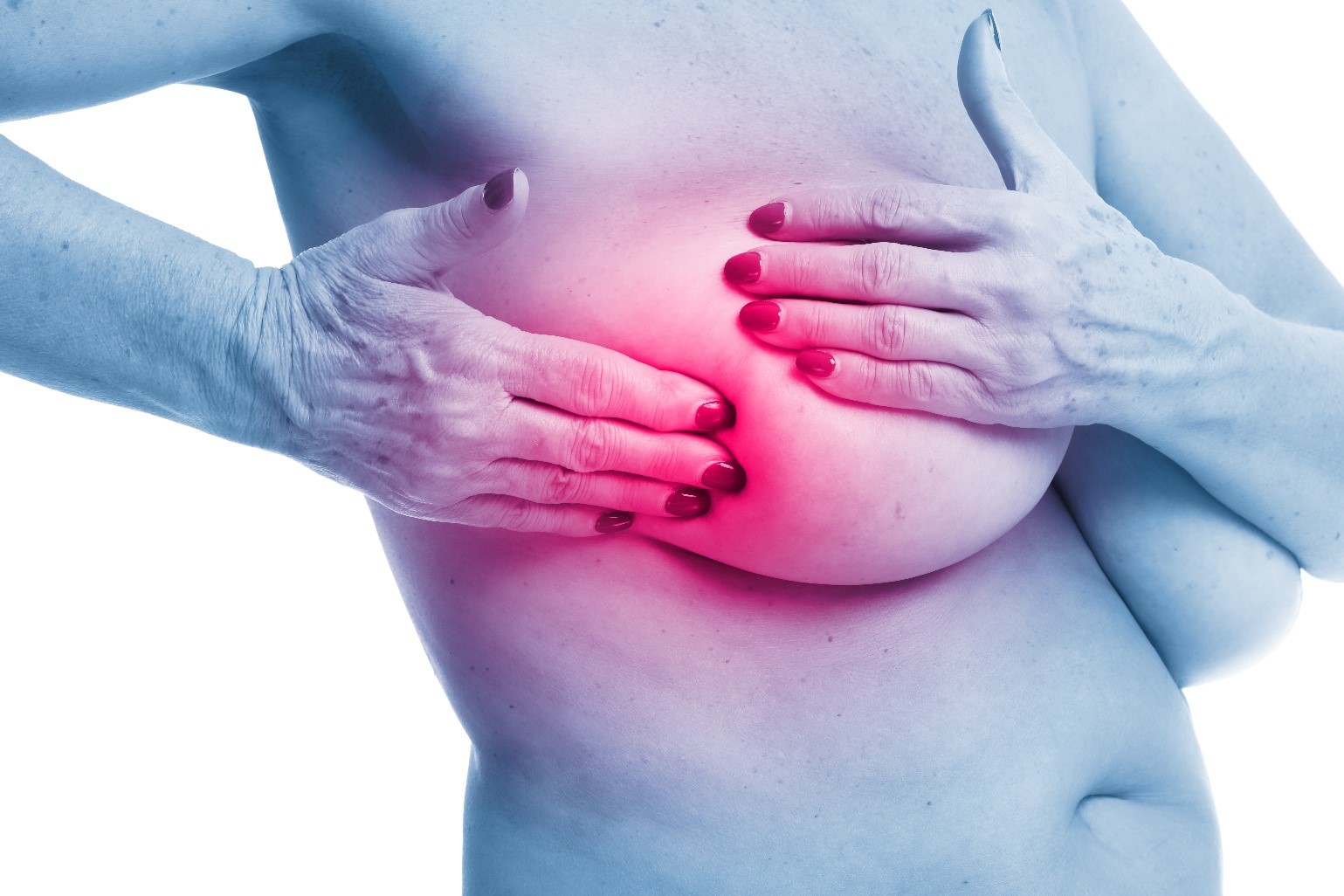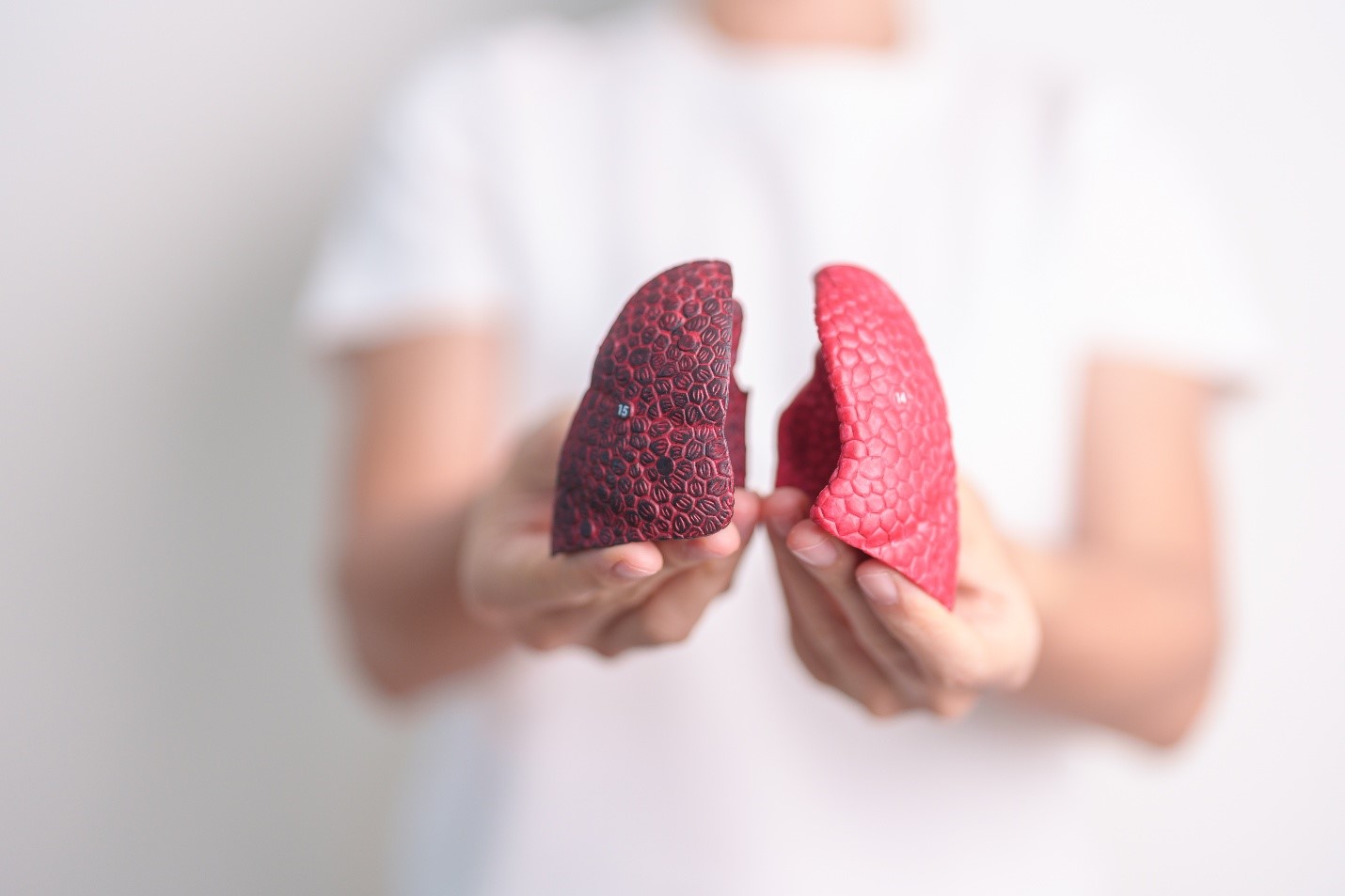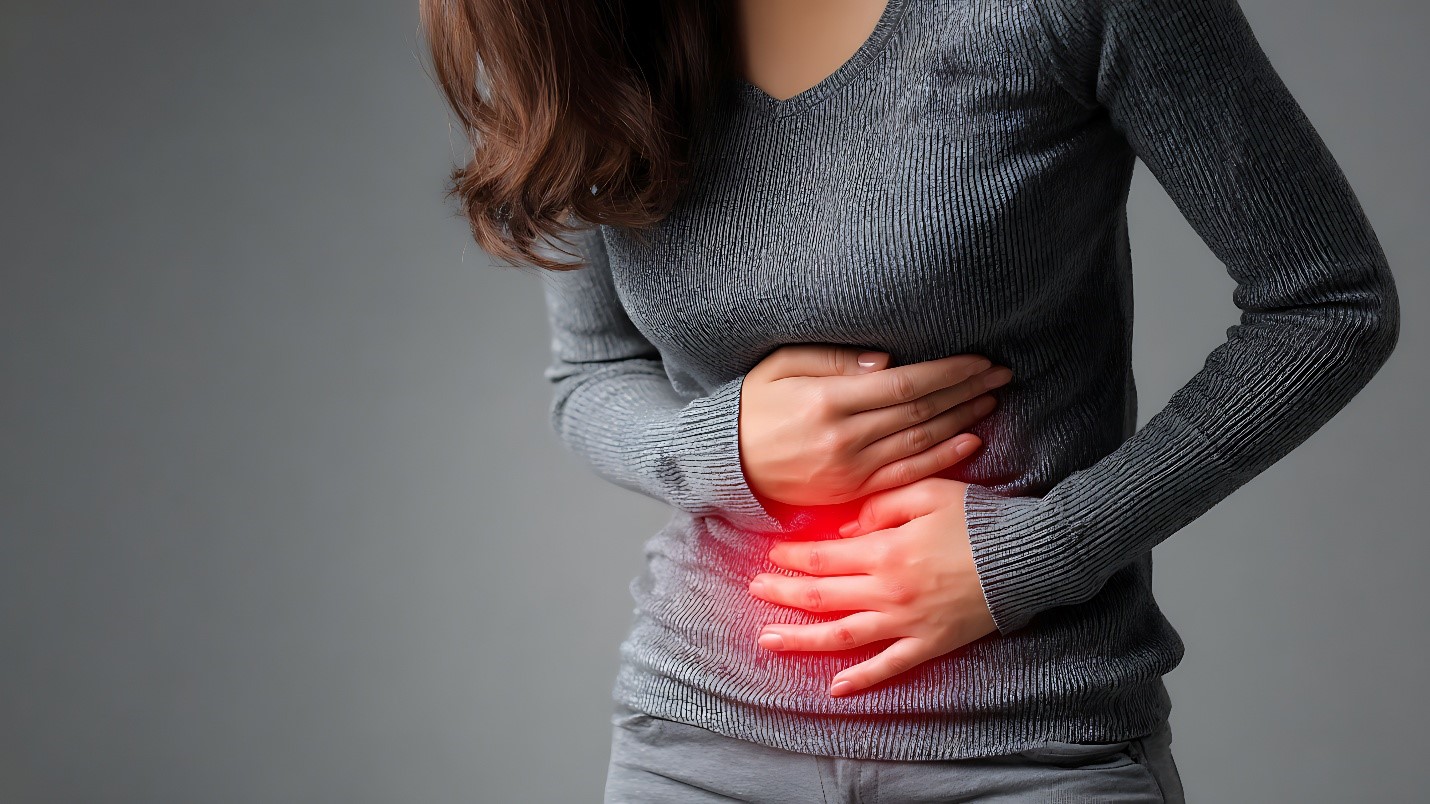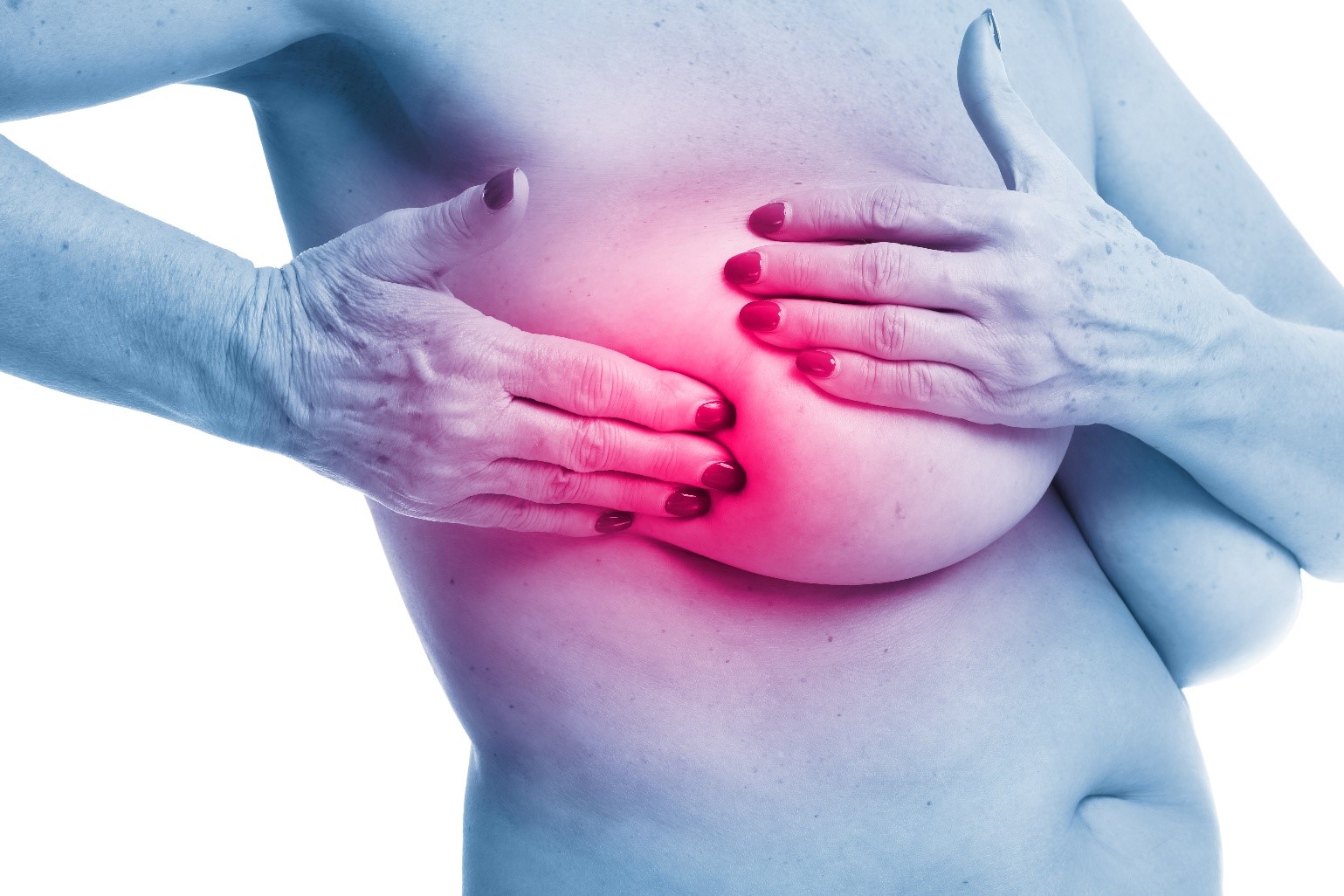
Breast cancer touches millions of lives every year, often striking without warning. It’s the most commonly diagnosed cancer in women worldwide (World Health Organization, 2021). The good news? Early detection can make all the difference. With advanced tools like 3D mammography, doctors are better equipped to find breast cancer at its earliest and most treatable stage.
Why Early Detection Matters
Breast cancer often begins silently. Unusual cell growth in the breast can form tumors long before symptoms appear. For women over 40 or those with a family history, regular screenings are one of the best defenses. Studies show that finding breast cancer early not only makes treatment simpler, but also greatly improves survival rates.
“I almost skipped my screening that year. But the 3D mammogram found something small that could’ve been missed. Today, I’m five years cancer-free.” – Maria, 52
Why 3D Mammograms Matter for Your Health
Finding breast cancer early can make all the difference. It means treatment can start sooner and the chances of a full recovery are much higher. 3D mammography gives doctors a clearer, more detailed view of your breast tissue, helping them spot concerns earlier. That means fewer worries for you, and a better chance at staying healthy and strong
Why women prefer 3D mammograms:
- Finds more cancers than 2D scans
- Reduces false alarms and stressful callbacks
- Works well for dense and non-dense breasts
- Offers earlier detection and better treatment outcomes
One study found that 3D mammography detects over 40% more cancers than standard methods (Skaane et al., 2019). That means greater accuracy, less anxiety, and more peace of mind.
Breast Cancer Risk Factors You Should Know
Your risk is higher if you have:
- A close family history (mother, sister, daughter)
- BRCA1/BRCA2 gene mutations
- Dense breast tissue
- Unhealthy lifestyle (smoking, alcohol, poor diet, little exercise)
- Age over 40
Knowing these risks helps you take action through regular screening and healthier choices.
Myths vs. Facts About Breast Cancer
Myth: I’m too young to get breast cancer.
Fact: While risk increases with age, younger women can still be affected.
Myth: Mammograms are too painful.
Fact: Some discomfort may happen, but the test is quick and safe.
Myth: If I don’t feel a lump, I’m fine.
Fact: Cancer can grow without obvious symptoms—screenings catch what you can’t feel.
What the Numbers Say
- 1 in 8 women will be diagnosed with breast cancer in her lifetime (American Cancer Society, 2024).
- Regular screening saves lives. Women who have mammograms regularly are 47% more likely to survive than those who don’t (CDC, 2023).
- Yet, only about 65% of women over 40 follow recommended screening guidelines.
Clearly, more awareness and action are needed.
Prevention and Self-Care Tips
You can lower your risk by:
- Eating a healthy, balanced diet
- Staying active
- Avoiding smoking and limiting alcohol
- Doing monthly self-exams
- Getting yearly checkups and screenings
💬 “My mammogram gave me a second chance. I learned the importance of caring for myself—not just for me, but for my family.” – Elena, 46
Emotional Support and Community Care
A breast cancer journey is never just medical—it’s emotional, too. Many women find strength in:
- Support groups (online or in person)
- Counseling services
- Talking openly with family and friends
- Connecting with survivors who share their stories of hope
You’re not alone. Support makes a difference.
Why 3D Mammograms Can Be Life-Changing
Catching breast cancer early means simpler treatment, faster recovery, and more hope. 3D mammography gives doctors a clearer, more accurate view—finding cancer when it matters most.
“I was terrified when they called me back. But the 3D scan gave me quick answers—and that clarity gave me peace.” – Joanne, 55
Take the First Step Today
Breast cancer is serious, but early detection saves lives. If you’re over 40 or have a family history, don’t wait. A 3D mammogram can give you peace of mind and protect your future.
At Monument Imaging and Diagnostic Center, we combine advanced technology with compassionate care because your health is your strength. Protect it for yourself, your loved ones, and the life ahead.
Helpful Resources
- Skaane, P., Bandos, A. I., Gullien, R., Eben, E. B., Jebsen, I. N., Hanestad, B., … & Gur, D. (2019). Comparison of digital mammography alone and digital mammography plus tomosynthesis in a population-based screening program. JAMA, 311(24), 2499–2507. https://doi.org/10.1001/jama.2014.6095
- World Health Organization. (2021). Cancer. Retrieved from https://www.who.int/news-room/fact-sheets/detail/cancer
- American Cancer Society. (2024). Breast Cancer Facts & Figures. https://www.cancer.org


